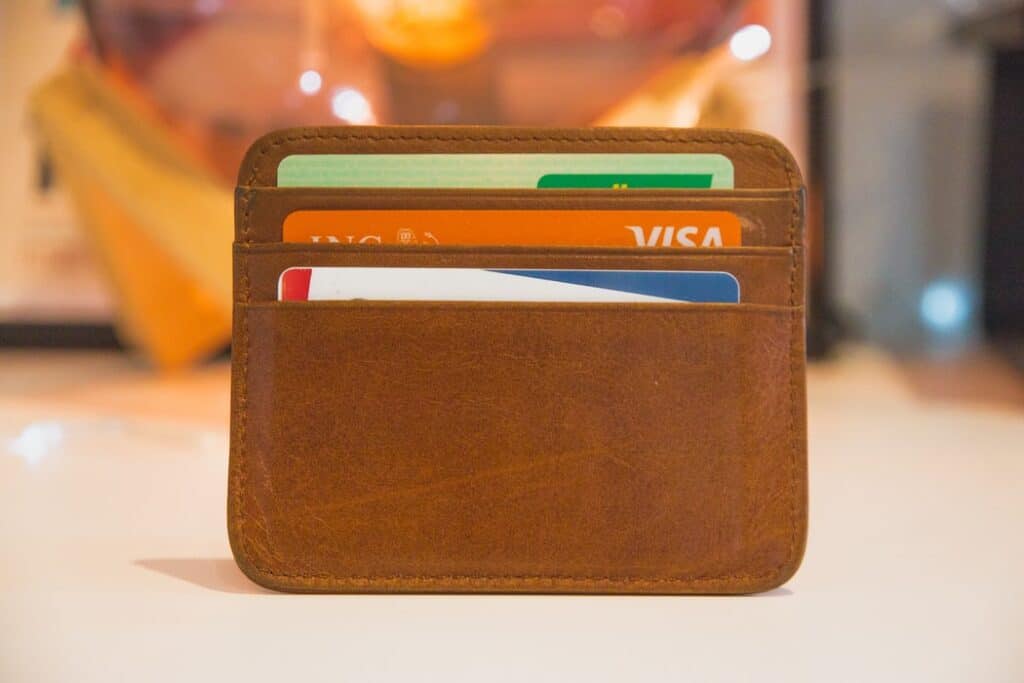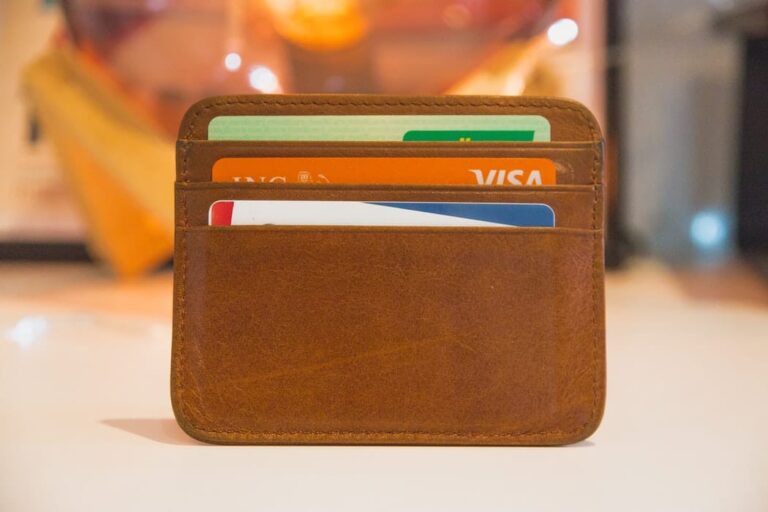Whether you’re planning on relocating to Australia, or you’ve already made the big move there, BSB codes will almost certainly come across your radar.
These play an integral part in making money transfers within the country, so it’s important for newcomers to Australia to be aware of how BSB codes work and when they’re required.
At Remitly, we know that adjusting to a new country and a new way of life can be complicated. That’s why we’ve kept things as simple with this guide to BSB codes, to help you get to grips with making and receiving money transfers in a Australia.

What actually is a BSB code?
BSB stands for “Bank State Branch”. So, as you might imagine, the BSB code identifies which Australian bank you have an account with, and which particular branch of that bank is associated with your account.
Each BSB code consists of six numbers, often presented with a hyphen in the middle. A typical BSB code would look like this: 673-876.
The first two digits identify the bank itself – for example, Westpac or NAB. The third digit identifies the state where your branch is situated, for example Queensland or New South Wales. Finally, the remaining three digits refer to the address of the branch itself.
BSB codes are a vital component of the Australian financial system, as they are used alongside account numbers to correctly direct money transfers between accounts.
Bear in mind that some Australian banks provide the same, universal BSB code to all their customers, no matter which branch was used to open a particular account. For example, the universal BSB code for all Bank of Queensland accounts is 124-001.
Why do I need a BSB code?
Knowing your BSB code is vital because you won’t be able to receive money into your bank account without it. Whether someone you know wants to send you funds, or you want to receive your salary from an employer, you’ll need to provide them with both your account number and your BSB code. You’ll also need your recipient’s account number and BSB code when sending money to another Australian bank account.
Another scenario requiring your BSB code is when you create a Direct Debit, which is a convenient way to stay on top of bills and other regular payments. Say you want to allow a utility company to automatically take the amount you owe them every month or quarter. You can set up a Direct Debit by giving them your account number and BSB code, and then rest easy knowing you’ll never forget a payment.

How do I find my BSB code?
Finding your BSB code is easy. You can:
- Log onto your bank account, either through the bank’s website or mobile app, and find the BSB code in your account details
- Look for the BSB code in your last bank statement
- Search for the bank branch where you opened your account using the branch locator tool on the bank’s website – the BSB code should come up alongside the address
Learn More
Often when sending money international you’ll also need to be able to find your recipient’s IBAN number. Find out how to do this here.
